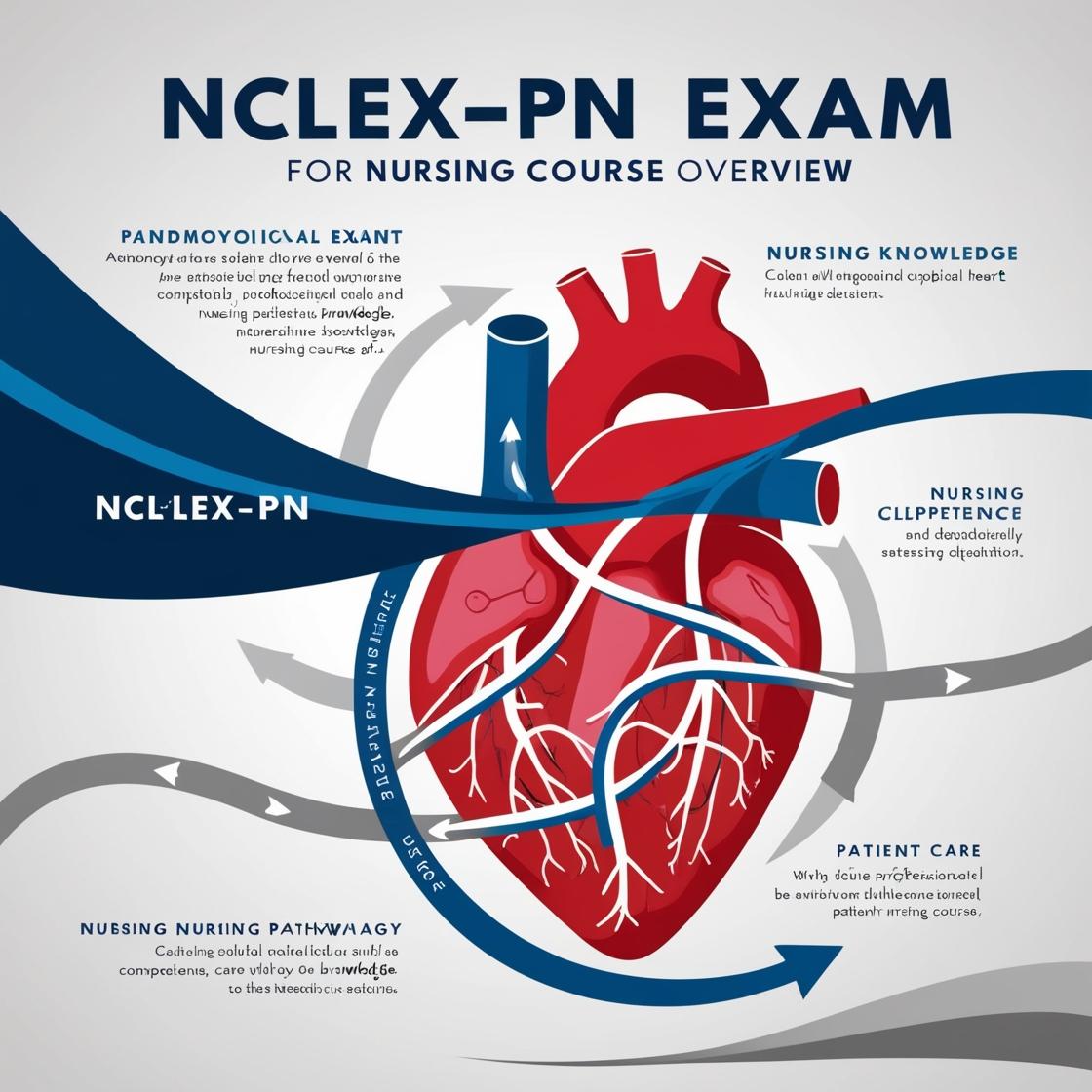NCLEX-PN
2024 PN NCLEX Questions
1. A nurse is assisting with developing a plan of care for an older client to help maintain an adequate sleep pattern. Which action should the nurse suggest be included in the plan?
- A. Encouraging bedtime reading or listening to music
- B. Encouraging at least one daytime nap
- C. Discouraging the use of a nightlight at bedtime
- D. Discouraging social interaction, particularly at bedtime
Correct answer: A
Rationale: To help maintain an adequate sleep pattern in older clients, it is essential to include activities that promote relaxation and a conducive sleep environment. Encouraging bedtime reading or listening to music can help the client unwind and prepare for sleep. Daytime naps should be discouraged to ensure a better nighttime sleep. Social interaction, especially positive interactions, can be beneficial and should not be discouraged. The use of a nightlight can create a safe and comfortable environment for the client, so it should not be discouraged unless specifically contraindicated.
2. A 2-year-old child diagnosed with HIV comes to a clinic for immunizations. Which of the following vaccines should the healthcare provider expect to administer in addition to the scheduled vaccines?
- A. pneumococcal vaccine
- B. hepatitis A vaccine
- C. Lyme disease vaccine
- D. typhoid vaccine
Correct answer: A
Rationale: The correct answer is the pneumococcal vaccine. Children with HIV are at increased risk of pneumococcal infections, so the pneumococcal vaccine is recommended as a supplemental vaccine for them. The hepatitis A vaccine is not routinely given to HIV-positive children unless they have other risk factors for hepatitis A. Lyme disease vaccine is for individuals at risk for Lyme disease, not routinely recommended for a 2-year-old. Typhoid vaccine is typically given to individuals traveling to endemic areas or working in settings with potential exposure to Salmonella typhi, not a routine vaccine for a 2-year-old with HIV.
3. A nurse is caring for an older client who has a bronchopulmonary infection. The nurse monitors the client's ability to maintain a patent airway because of which factor involved in the normal aging process?
- A. Increased respiratory system compliance
- B. Decreased number of alveoli and increased function of those remaining
- C. Decreased older client's ability to clear secretions
- D. Increased production of surfactant
Correct answer: C
Rationale: The correct answer is 'Decreased older client's ability to clear secretions.' Respiratory changes related to the normal aging process decrease an older adult's ability to clear secretions and protect the airway. In healthy older adults, the number of alveoli does not change significantly; their structure, however, is altered. Respiratory system compliance decreases with advancing age because of a progressive loss of elastic recoil of the lung parenchyma and conducting airways, and reduced elastic recoil of the lung and opposing forces of the chest wall. Production of surfactant in the lung does not usually decrease with aging, nor does it increase. However, the production of alveolar cells responsible for surfactant production is diminished. Choices A, B, and D are incorrect. Choice A is incorrect because respiratory system compliance decreases with aging. Choice B is incorrect as the number of alveoli does not significantly decrease in healthy older adults. Choice D is incorrect as the production of surfactant does not usually decrease with aging.
4. What causes an older female client's hair to turn gray?
- A. ''A loss of melanin occurs in the normal aging process.''
- B. ''The number of sweat glands and blood vessels decreases in the normal aging process.''
- C. ''The skin on the scalp becomes thin, causing moisture to escape.''
- D. ''It is caused by hereditary factors.''
Correct answer: A
Rationale: The correct answer is 'A loss of melanin occurs in the normal aging process.' Graying hair in older adults is primarily due to a decrease in the number of melanocytes responsible for providing pigment and hair color. This reduction in melanin production leads to gray hair. The other choices are incorrect. While it is true that the skin becomes thinner with aging and the number of sweat glands and blood vessels decreases, these changes are not directly related to graying hair. Additionally, hereditary factors can influence when graying starts, but they do not cause the graying of hair itself.
5. According to Erik Erikson's developmental theory, which choice is a developmental task of the middle adult?
- A. Redefining self-perception and capacity for intimacy
- B. Making decisions concerning career, marriage, and parenthood
- C. Providing guidance during interactions with his children
- D. Verbalizing readiness to assume parental responsibilities
Correct answer: C
Rationale: According to Erikson's developmental theory, the primary developmental task of the middle adult is to achieve generativity. Generativity is the willingness to care for and guide others. Middle adults can achieve generativity with their own children or the children of close friends or through guidance in social interactions with the next generation. Providing guidance during interactions with his children aligns with this developmental task. Choices A, B, and D are not specific to the middle adult stage as they are tasks associated with young adults. Redefining self-perception and capacity for intimacy, making decisions concerning career, marriage, and parenthood, and verbalizing readiness to assume parental responsibilities are all developmental tasks of the young adult according to Erikson's theory.
Similar Questions

Access More Features
NCLEX PN Basic
$69.99/ 30 days
- 5,000 Questions with answers
- Comprehensive NCLEX coverage
- 30 days access @ $69.99
NCLEX PN Premium
$149.99/ 90 days
- 5,000 Questions with answers
- Comprehensive NCLEX coverage
- 30 days access @ $149.99
